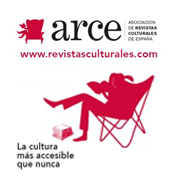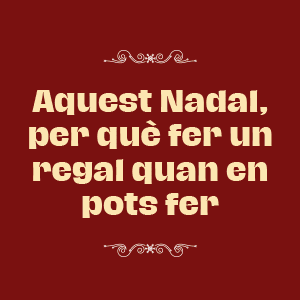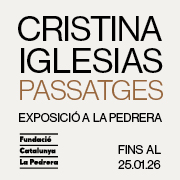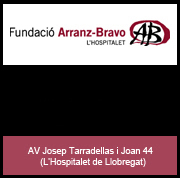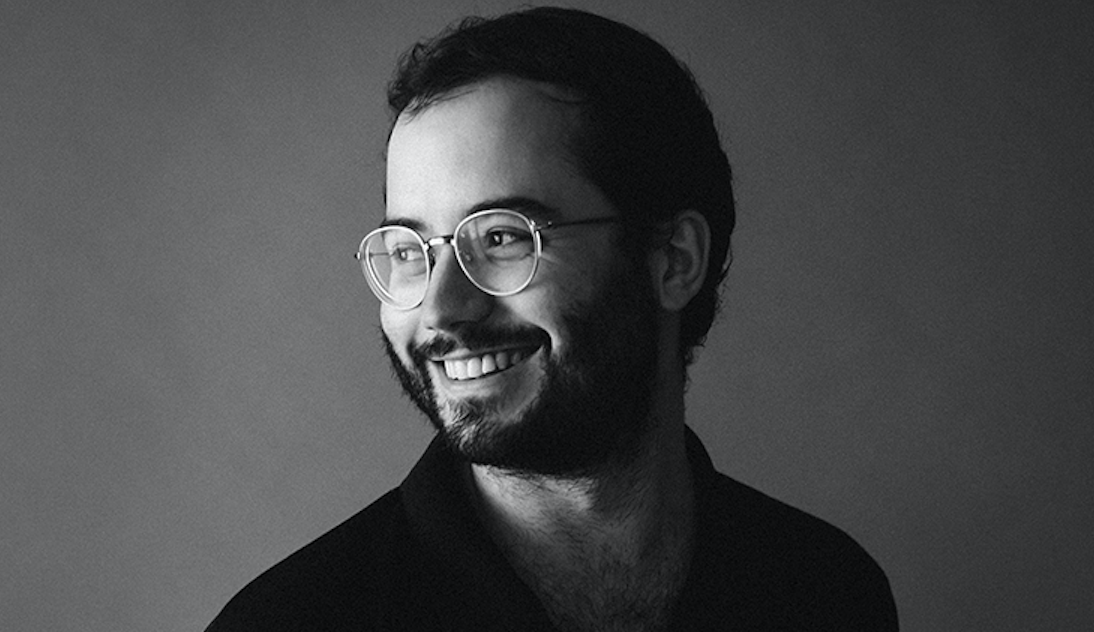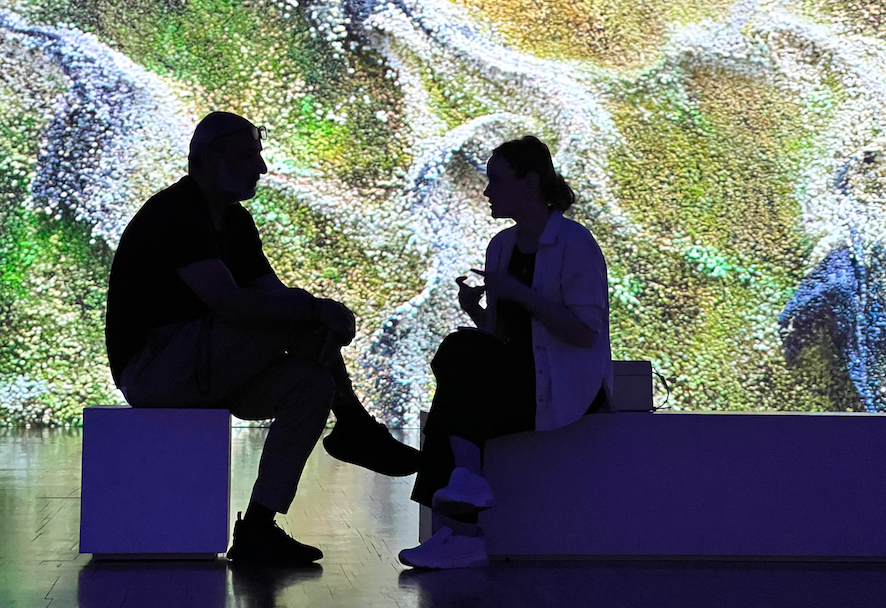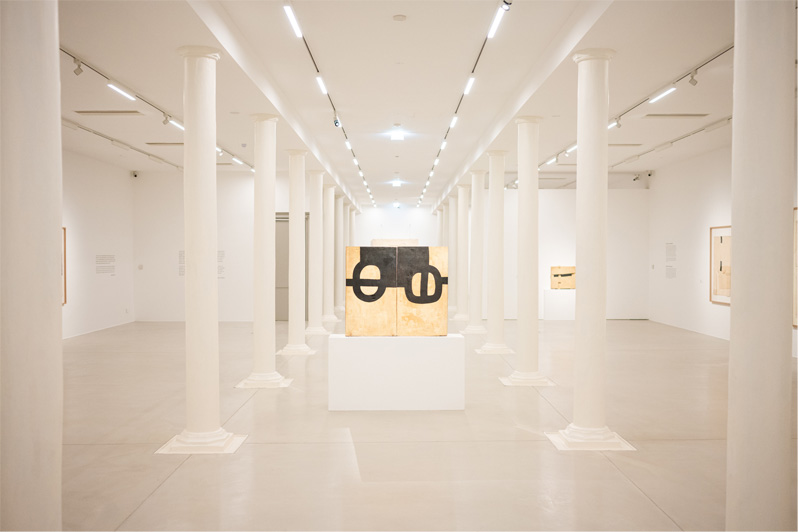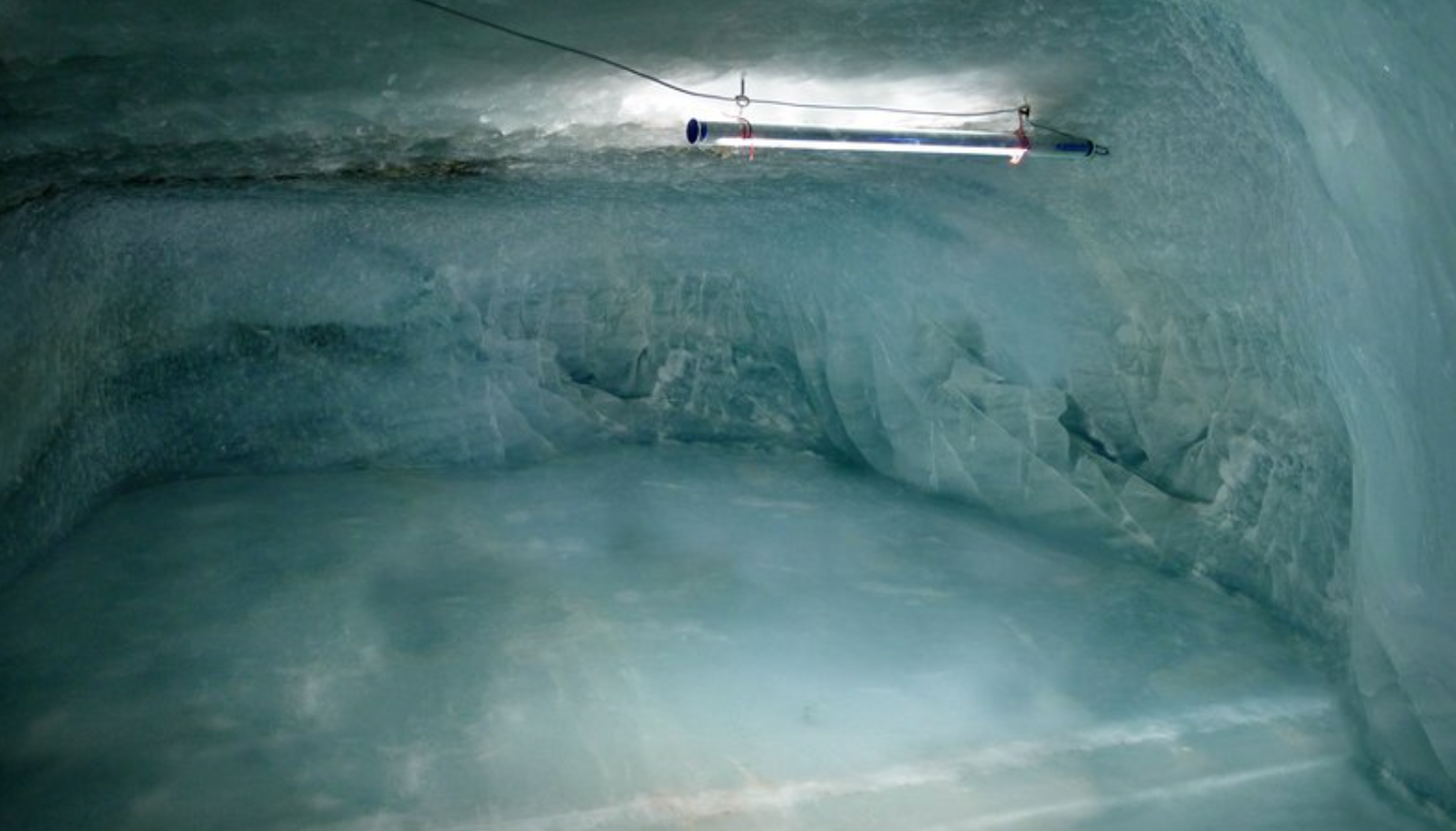Exhibitions
El Bòlit inaugurates "Where are the images supported?"
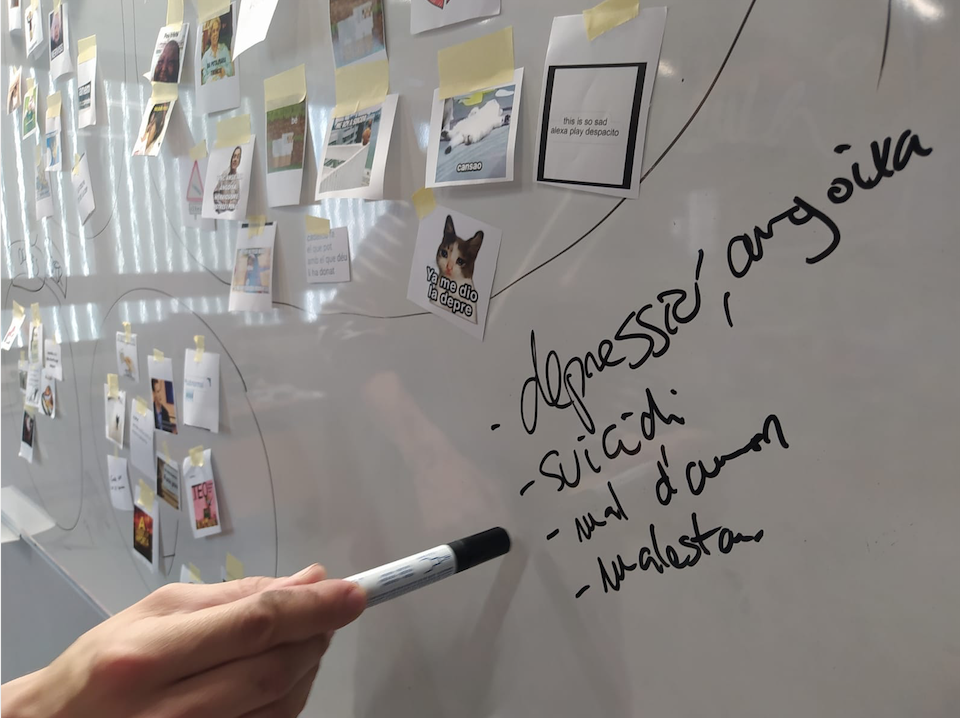
From May 6 to June 4, Bòlit, Contemporary Art Center presents the exhibition Where are the images supported? which brings together the results of the educational project Bòlit Mentor of artistic residencies in secondary schools, which we co-produce with the Casa de la Paraula de Santa Coloma de Farners and which this year was curated by Marta Dahó.
The artists who have worked during the 2022/2023 academic year are Erik Estany Tigerström, Roc Herms, Núria Nia and Bárbara Sánchez Barroso at the Josep Brugulat de Banyoles, Santiago Sobrequés de Girona, Carles Rahola de Girona and Castell d'Estela d'Amer institutes, respectively.
Bòlit Mentor is a project that combines education and creativity and which consists of introducing visual artists to four secondary schools in the territory to develop a creative project together with the students, led by a curator of visual arts. The work developed at this year's Bòlit Mentor revolves around the role that images can play; both those that shape the current visual hegemonies, and those that help open up alternative spaces and imagine reality with more participation and agency.
The artists have presented the students with interdisciplinary work dynamics that allow them to explore the material dimension of the images and address reflection processes in relation to the automatisms that mark their production with the purpose of rethinking, from artistic practice, the links between bodies and devices, between images and territories. By sharing experiences and situations, the students have opened spaces for questioning and research within the project. A project whose basic purpose responds to a double need: to know the trade-offs involved in the growing use, production and dissemination of images and, at the same time, to be able to calibrate the effects of this mediation on the ecosystem that allows us to live. Two fundamental considerations have helped guide the project in this direction. On the one hand, the fact that the exponential availability of images seems to be sustained in a supposedly neutral and dematerialized dimension, detached from the magnitude of its effects on the environment. On the other, the idea that, beyond mobiles, computers or other analog artifacts, a body or a community can also configure images. Images that involve other sensitive ways of being, perceiving and looking, as well as other relationships and ways of occupying space. It is from these premises and what can be brought into play by a gesture, a body, a camera or a computer program, that the general proposal of the project is rooted in the need to rethink with the students what role images can play, as well as what automatisms are limiting our imagination. Roc Herms and his group of students from the Institut Sobrequés de Girona have addressed the problems linked to professional projection, the educational system and life at the institute using memes and artificial intelligence.
This tool has also focused the research of the students of the Josep Brugulat Institute in Banyoles with Erik Estany Tigerström, focusing, more specifically, on the logics with which the models for generating images from texts work and how they are conditioning the ways of imagining. For her part, Núria Nia has proposed to the students of the Carles Rahola Institute in Girona to select what they would save from the Internet in the face of an imminent digital collapse. An exercise that forces you to question the supports on which the fragile digital memory is supported while at the same time offering a sample of the teenagers' vision of this hypothetical future. For Bárbara Sánchez Barroso, on the other hand, the bet given to the group of students at the Castell d'Estela Institute was to go out for a walk around Amer discovering everything that can happen when the mobile phones are switched off and the only recording tool is an old 16mm camera.

